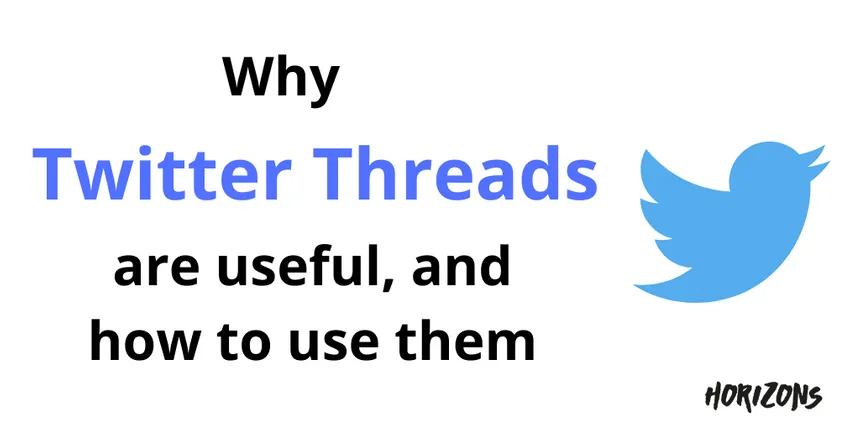Why Twitter Threads Are Useful, and How To Use Them

Originally published by Leigh Kendall – 31st October 2019
Sometimes when using Twitter, the 280 character allowance for an individual tweet just isn’t enough. You might want to tell a story, or provide an explanation or context for something. You might be at an event or conference and want to share your learning.
That’s when threads come in useful.
I got some positive feedback for a thread I created while at a recent event, so thought I’d share why creating a thread can be useful, and how you can do them too.
Why do a thread?
- As mentioned above, 280 characters isn’t always enough for what you want to say; abbreviating isn’t an option, and in order to communicate effectively you simply need more space
- A thread keeps all the tweets on the topic together, which makes it easier for your followers to find, and read
- If you’re tweeting at a conference or an event creating an easy-to-follow thread helps people who can’t be there in person learn, too. This in turn can help make you a ‘go-to’ person for your profession or area of interest, building your networks and your return on influence.
- A thread means all the content is in one place making it easy for you to refer back to yourself!
How to create a thread
This is a useful option for when you’ve planned in advance something you’d like to share. then…
then…

If you decide you’d like to add another tweet to your thread after it’s been published, go to the last tweet in your thread and click on ‘add another tweet’. Your tweet will then be added to the thread.
Creating a thread while at an event or conference
If you’re tweeting while at a conference or event, you probably want to tweet as you go, rather than wait until the end to publish it.
In your first tweet it’s a good idea to say where you are (the name of the conference or event) – and don’t forget to include the event or conference hashtag!
When you’ve completed one tweet, you simply reply to your own tweet. After you’ve done this a couple of times, Twitter will realise that you’re creating a thread – you’ll then see an option to ‘add another tweet’ at the bottom of your last tweet.
A few hints and tips for tweeting at an event or conference:
- Including quotes from the speakers are useful additions to your tweets. However, don’t just parrot the speakers – add your own interpretation (which is helpful for your own learning too!); add your perspective.
- Include the speaker’s name, and Twitter handle in your tweets. Most events and conferences are social media savvy and will include speakers’ Twitter handles on the agenda (assuming they’re on Twitter). If you have time before the conference is worth checking you have the handles handy to save time and stress while you’re there.
- Take photos to include in your tweets
- Remember the conference hashtag in your tweets – this will help people find your tweets, hence building your reach and your networks.
- Pin your thread to your profile (click the little downward facing arrow in the top right hand corner of the tweet you’d like to pin) so that people can easily find it.
A caveat!
Exercise caution with story threads; just because you can send a potentially infinite number of tweets on a topic, it doesn’t mean you should! You might have seen TL;DR on some retweeted threads, with a brief explanation. TL;DR means ‘too long; didn’t read’.
What’s too long is subjective, of course. As with any social media posts, it’s useful to think “so what, and who cares”. Think what you’re hoping to achieve with your tweets, who you want to reach, and what you want people to do or feel with your tweets.
Further reading
